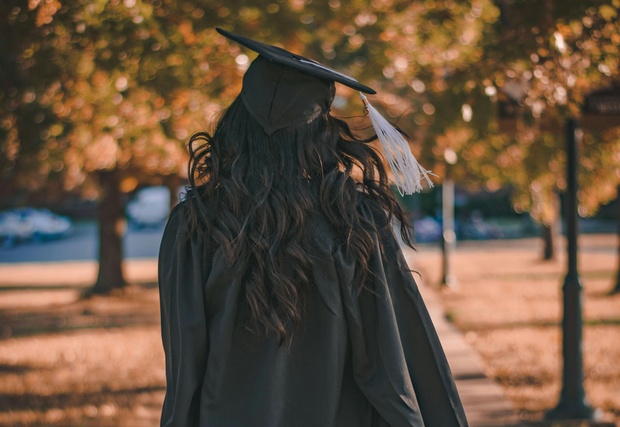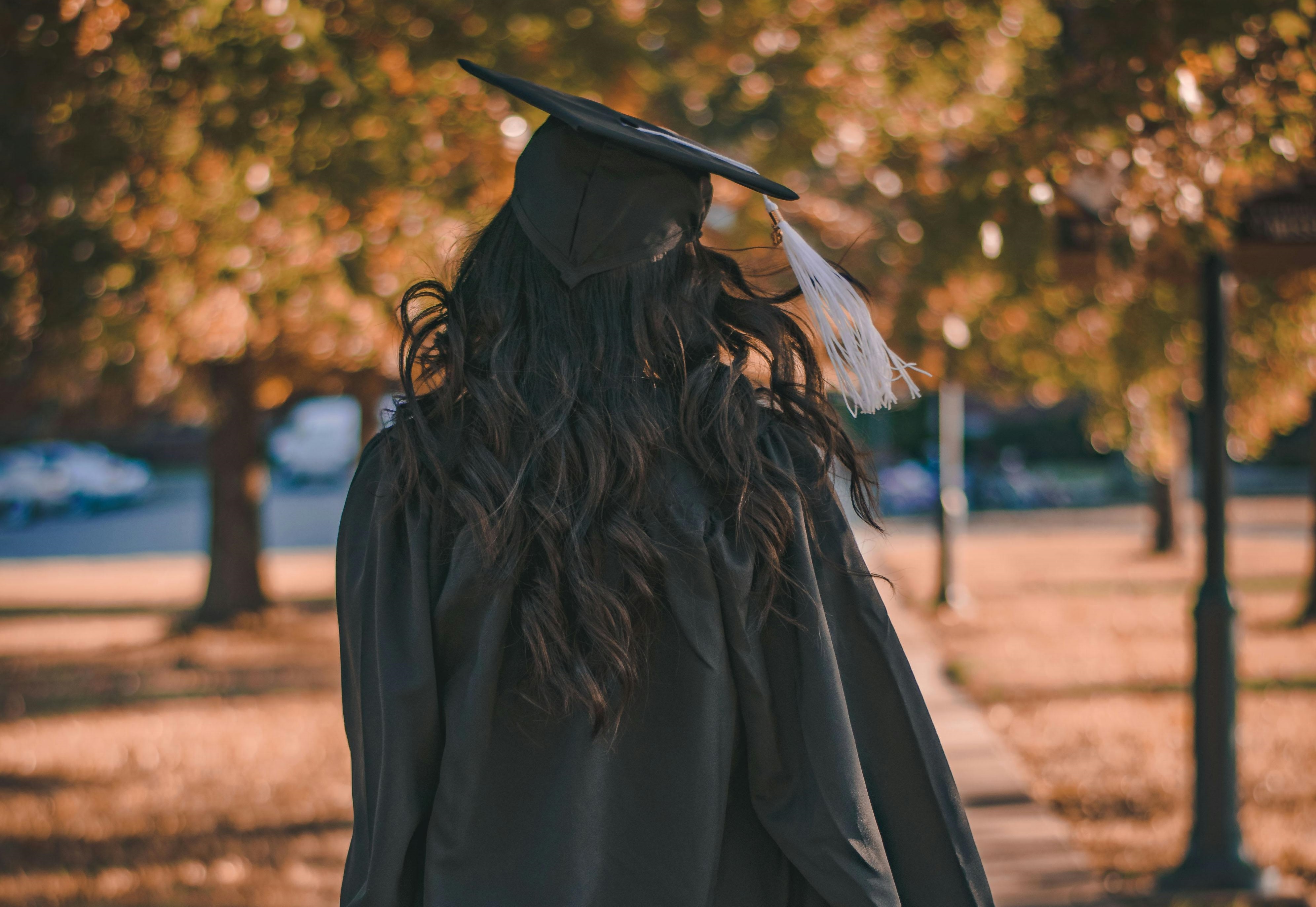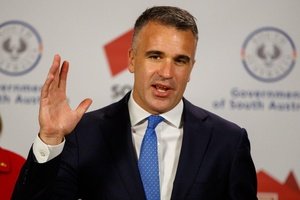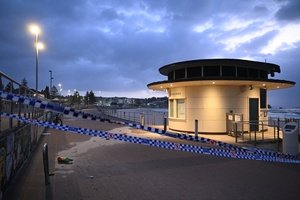Kaupapa Māori schools comprise a small part of the education system in New Zealand.
In 2023, 5 per cent of ākonga Māori in Years 11 to 13 were enrolled in kaupapa Maori settings, across 64 kura.
Of these, 57 kura cater to ākonga who face “more” socio-economic barriers to attainment, placing them in the lowest of three socio-economic groups.
But when measured next to schools within this socio-economic group, 41 per cent of kaupapa Māori students attained UE, compared with 24 per cent of all students from English-medium schools, and 18 per cent of Māori students from English-medium schools.
In addition, kaupapa Māori students had NCEA achievement rates of 63 percent at level 1, 72 percent at level 2 and 73 percent at level 3.
Achievement rates for all students in the comparator group of English-medium schools were 54, 66 and 61 percent and for Māori students in those schools the rates were 50, 64 and 56 percent.
Mina Pomare-Peita is tumuaki at Te Kura Taumata o Panguru, a Kura ā Iwi school in the northern Hokianga harbour, in Northland.
Having taught in both English-medium and kaupapa Māori settings, she is not at all surprised by the findings.
“The relationship that is built between the students and teachers [in kura kaupapa Māori] is a relationship of care, and it’s a relationship where we invest in their future, their outcomes are our core business,” she says.
“In my experience of working in a mainstream school, sometimes the [size] or the breadth of the school doesn’t allow you to create those relationships, there’s not enough time...”
Pomare-Peita says the focus on te reo is also critical to the success of students in kura like her own.
“It is said that, ‘if you know the language, you know the culture’,” she says.
”Instead of coming from a deficit perspective, we come from a perspective of thriving.
“We know that our children will thrive when they know the language and when they understand who they are, where they come from and where they’re going.”
At Te Kura Taumata o Panguru, place-based education is also an important part of the curriculum, immersing students in their environment outside of the classroom’s four walls.
According to the report, the six subjects with the most credits reported for students in kaupapa Māori schools were English, Maths, Physical Education, Te Ao Haka, Te Reo Māori, and Te Reo Rangatira.
Of the credits assessed for students in kaupapa Māori settings, 80 per cent were from the New Zealand Curriculum, and 20 percent from Te Marautanga o Aotearoa, the Māori-medium curriculum.
Pomare-Peita says kaupapa Māori schools are underrated in the education sector.
“People need to know that kaupapa Māori schools are an agent of change, they’re creating our new society of biculturalism, that’s what kaupapa Māori schools do.”














